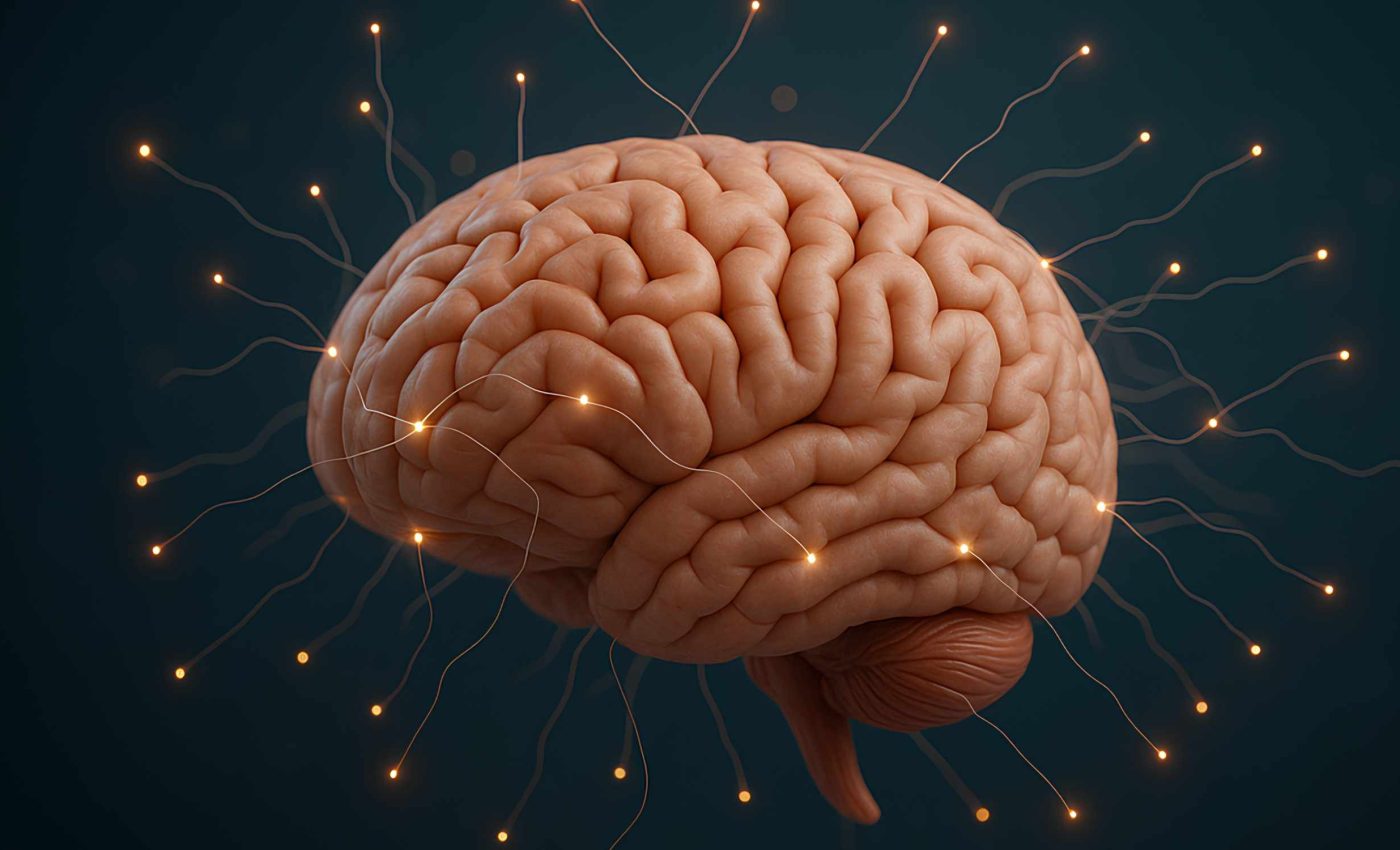
Researchers successfully restore the brain's 'sweet layer' and recover memory
Aging can bring plenty of surprises, but few people suspect that part of the trouble might involve sugar. Researchers have learned that the brain’s protective coating of sugars loses some of its heft with age, and that this sugar loss might undermine the brain’s defenses.
Nobel laureate Carolyn Bertozzi, from Stanford University, became curious about this sugary armor and looked into whether replenishing it could tighten the brain’s protective barrier.
That barrier, called the blood-brain barrier, is designed to let in necessary nutrients while blocking harmful substances.
Shift in the sweet layer
This sugar coat, known as the glycocalyx, sits on cells that form the blood-brain barrier. A recent study in mice found that the glycocalyx becomes thinner over time, leaving gaps that invite unwanted molecules to slip in.
“We’re stepping outside for the first time and trying to make sense of what’s out there,” said Carolyn Bertozzi, referencing how little attention sugar molecules have received compared to more commonly studied proteins.
The worry is that even minor openings can let inflammatory molecules and other damaging factors spread through the brain. Over the long run, that infiltration can potentially diminish memory and other cognitive abilities.
Brain sugar layers step up the defense
Scientists realized that reintroducing key sugar components helped recover some lost protection. These sugar additions seemed to restore the boundary and slow ongoing inflammation.
“Modulating glycans has a major effect on the brain – both negatively in aging, when these sugars are lost, and positively, when they are restored,” explained lead researcher Sophia Shi, from Stanford University.
Boosting the supply of specific sugars supported the barrier’s integrity in older mice. That allowed fewer damaging molecules to enter the brain and showed hints of improved brain function.
Researchers found that addressing this sugar gap in the glycocalyx gave the animals a better shot at memory recovery.
Memory on the line
“This work lays the foundation for a new field of inquiry into how the aging brain loses its resilience,” said Tony Wyss-Coray, from Stanford University.
Brain tests of learning and recall showed that mice with replenished sugar layers performed better at certain memory tasks for the brain.
Small gains can mean a lot when fighting cognitive decline. Scientists have long searched for fresh ways to help people fend off the forgetfulness that comes with advanced age.
The fact that a few sugars can shore up such a crucial brain barrier adds a new angle to that search. Many existing therapies attempt to stop buildup of harmful proteins, so a sugar-based approach is a different track.
What this could mean
The blood-brain barrier poses a challenge for anyone developing medications. This barrier acts as a gatekeeper, but a weakened barrier also raises red flags, since it might let in bigger trouble.
A thicker sugar layer could fine-tune how well the barrier behaves, keeping the brain safe yet still admitting vital substances.
This discovery might influence how researchers design treatments, especially for neuroinflammation and conditions like Alzheimer’s disease. If a failing sugar shield is a factor in disease progression, adjusting it could help keep the brain in better shape.
Where discoveries lead next
Bertozzi, Shi, and their colleagues plan to sort out which sugar types have the most impact. They also aim to figure out how these sugars interact with other protective molecules. The researchers suspect there could be multiple targets for preserving or replenishing the glycocalyx.
No one is certain exactly how it might work in humans yet, but many age-related vulnerabilities revolve around the same principle of barrier instability.
Improved knowledge of sugar biology could lead to novel therapies that cross the blood-brain barrier more effectively without causing harmful leaks.
Brain sugar health
Even for those who are younger, understanding how sugars stabilize the brain’s immune privileges may open up better strategies for warding off disorders.
Scientists suggest that a well-kept glycocalyx might help people recover from infections or injuries involving the brain.
Exploring these benefits requires further steps, and many labs are taking a fresh look at the glycocalyx as they learn more about its protective effects.
This research offers a view into how aging brains manage the delicate balance between being open enough for nutrients yet closed off from harmful factors.
By tuning that balance with added sugars, memory-related symptoms improved in mice. Studies are ongoing to see how much of that success will carry over to human patients, especially those with neurodegenerative conditions.
The study is published in Nature.
—–
Like what you read? Subscribe to our newsletter for engaging articles, exclusive content, and the latest updates.
Check us out on EarthSnap, a free app brought to you by Eric Ralls and Earth.com.
—–













